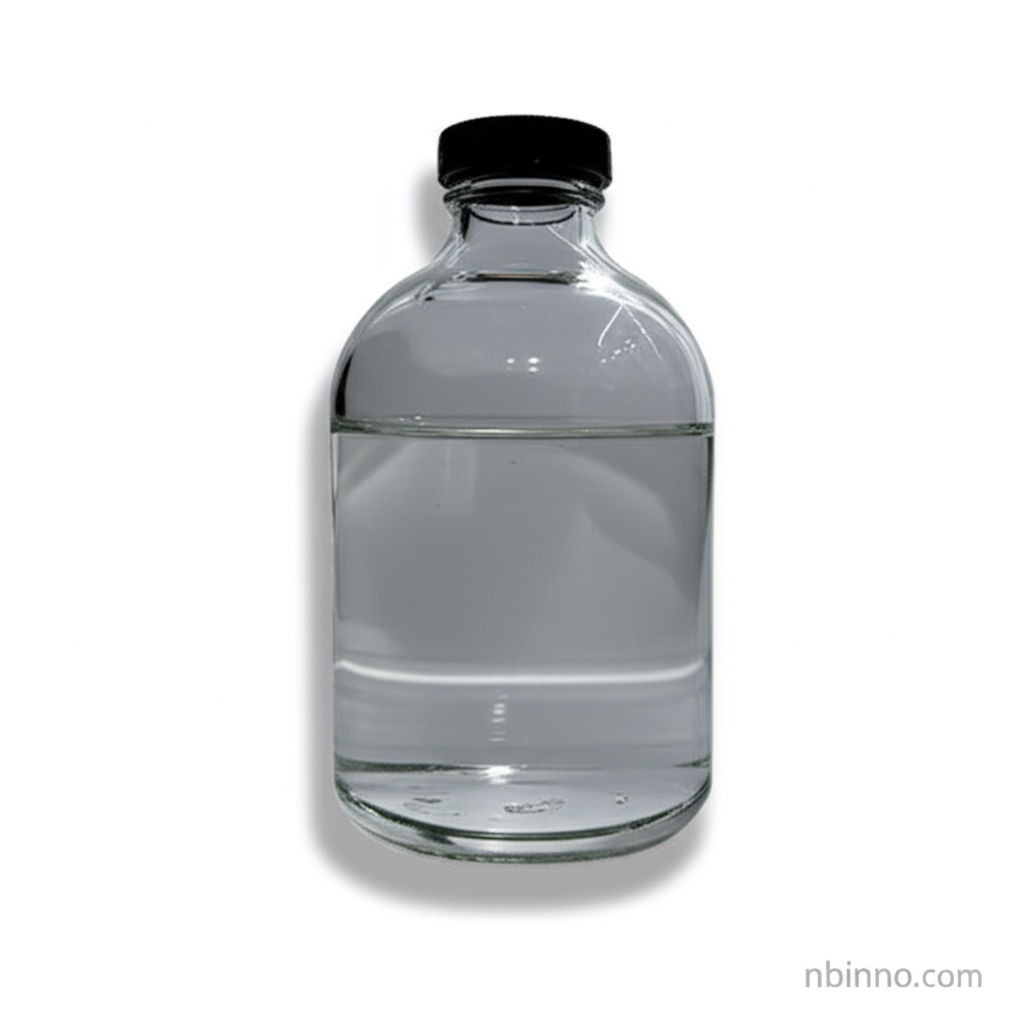Triethyl Borate (CAS 150-46-9): Properties, Applications, and Enhanced Nanoparticle Stabilization
Discover the versatile applications of Triethyl Borate, a key chemical in semiconductor manufacturing and advanced material science, known for its role in stabilizing nanoparticles and tuning optical properties.
Get a Quote & SampleProduct Core Value

Triethyl Borate
As a leading supplier in China, we offer high-quality Triethyl Borate (CAS 150-46-9). This organoboron compound is essential for manufacturing semiconductor components, synthesis of organic borides, and serves as a critical ingredient in plasticizers and solder fluxes. Its unique properties make it invaluable in advanced material science, particularly for stabilizing semiconductor nanoplatelets in polar solvents and tuning their optical characteristics.
- Leverage Triethyl Borate for enhanced nanoparticle stabilization in polar solvents, a key aspect for advanced material applications.
- Explore the use of Triethyl Borate in the synthesis of organic borides, a vital area within organic chemistry.
- Benefit from Triethyl Borate's role as a plasticizer, improving the flexibility and durability of various materials.
- Utilize Triethyl Borate as a component in solder fluxes, crucial for electronics assembly and semiconductor manufacturing.
Key Advantages Offered
Enhanced Nanoparticle Stability
Triethyl Borate acts as a novel ligand, significantly improving the stability of semiconductor nanoplatelets in polar solvents, a critical step in nanoparticle stabilization.
Tunable Optical Properties
The compound allows for precise tuning of optical properties, making it ideal for applications requiring specific light emission or absorption characteristics within optoelectronic devices.
High Fluorescence Retention
Triethyl Borate-capped nanoplatelets maintain excellent fluorescence quantum efficiency in polar solvents, a rare and valuable trait for creating bright nanomaterials.
Key Applications
Semiconductor Manufacturing
Triethyl Borate is a crucial component in the production of semiconductor devices and electronic materials, contributing to the performance and stability of these high-tech components.
Material Science Research
Its ability to stabilize nanoparticles and modify their optical properties makes it a key reagent in cutting-edge material science research, supporting the development of new materials.
Organic Synthesis
As a precursor to boronic acids, Triethyl Borate plays a significant role in organic synthesis, particularly in reactions like Suzuki couplings, enabling the creation of complex molecules.
Advanced Electronics
The unique characteristics of Triethyl Borate make it suitable for advanced electronics applications, including its use in solder fluxes and potentially as a component in flame retardants.
